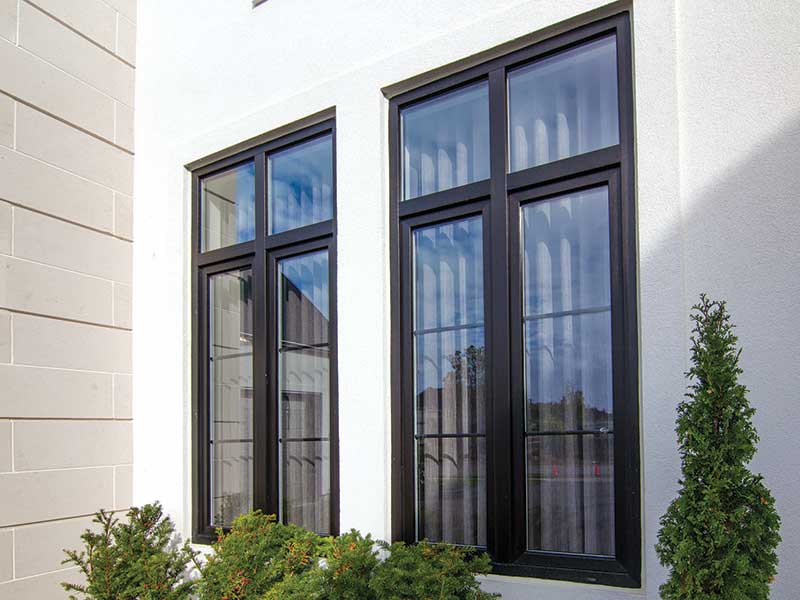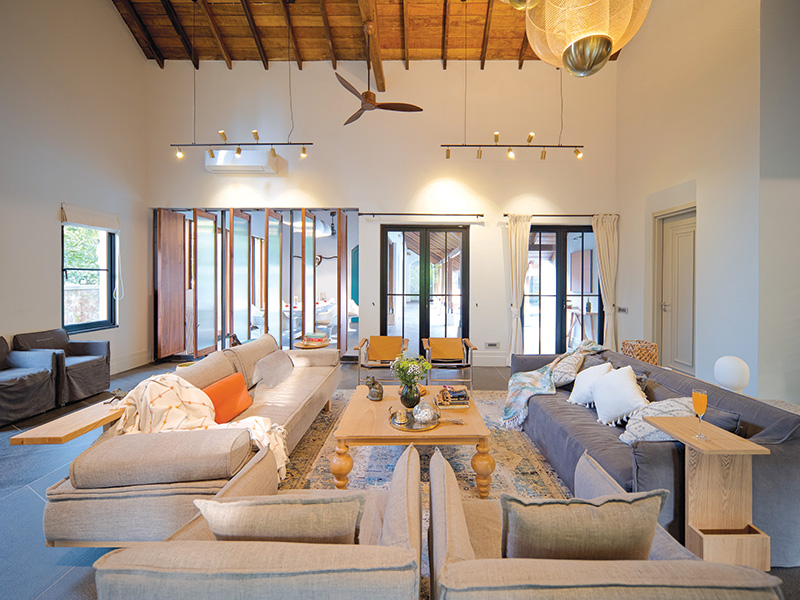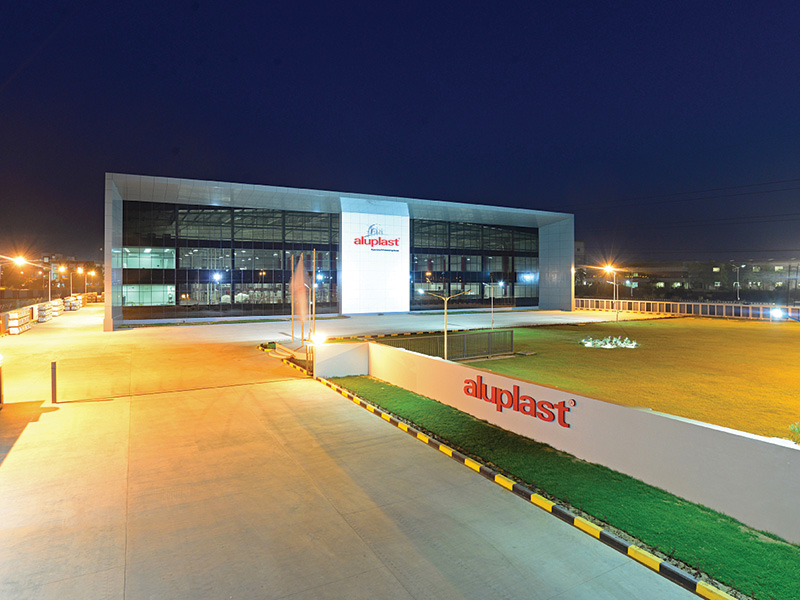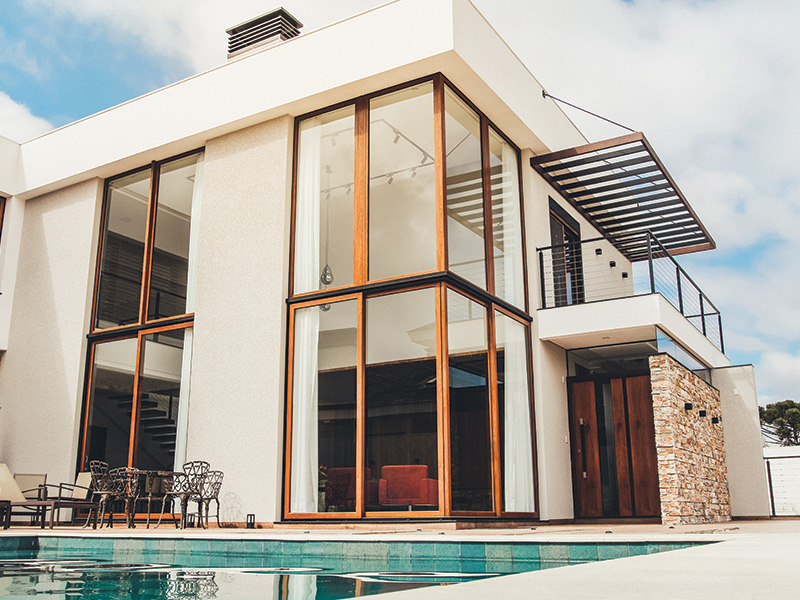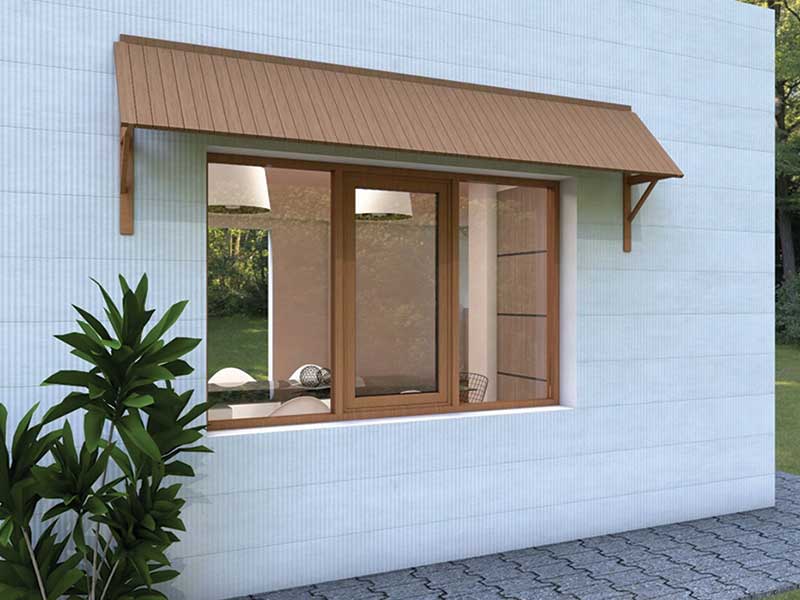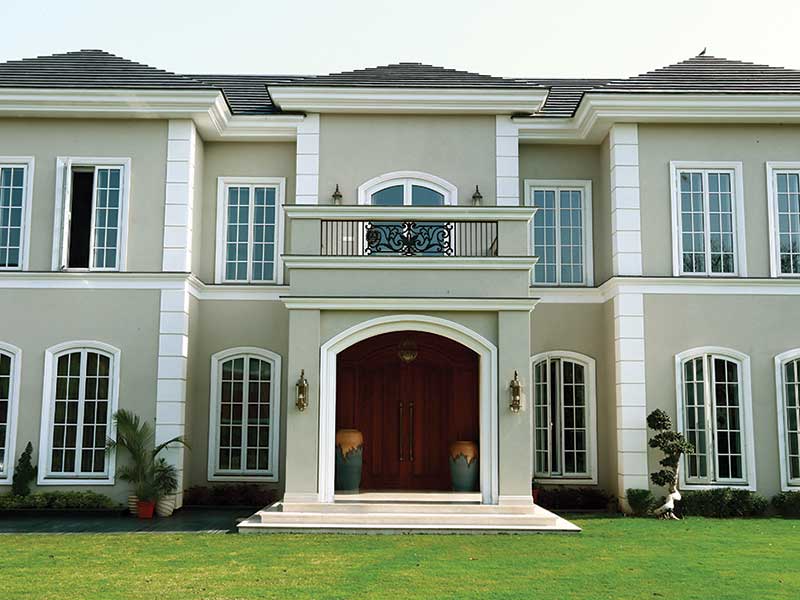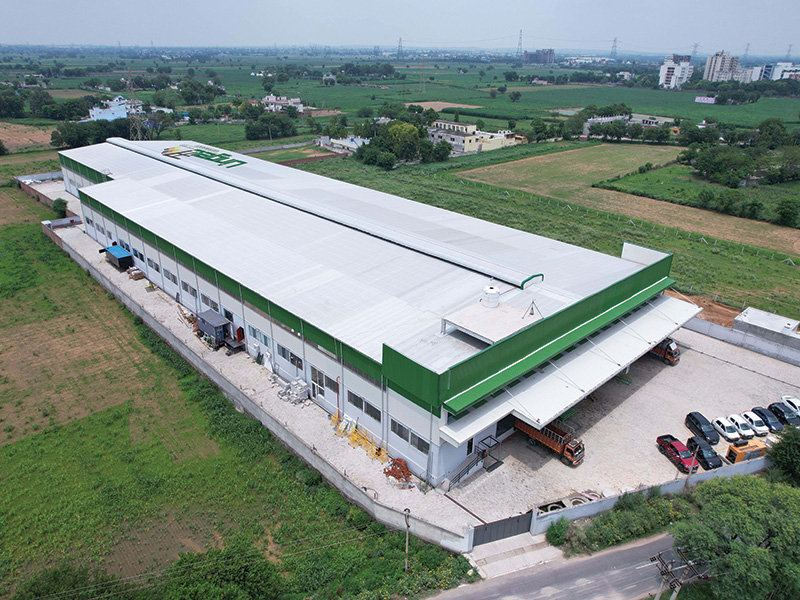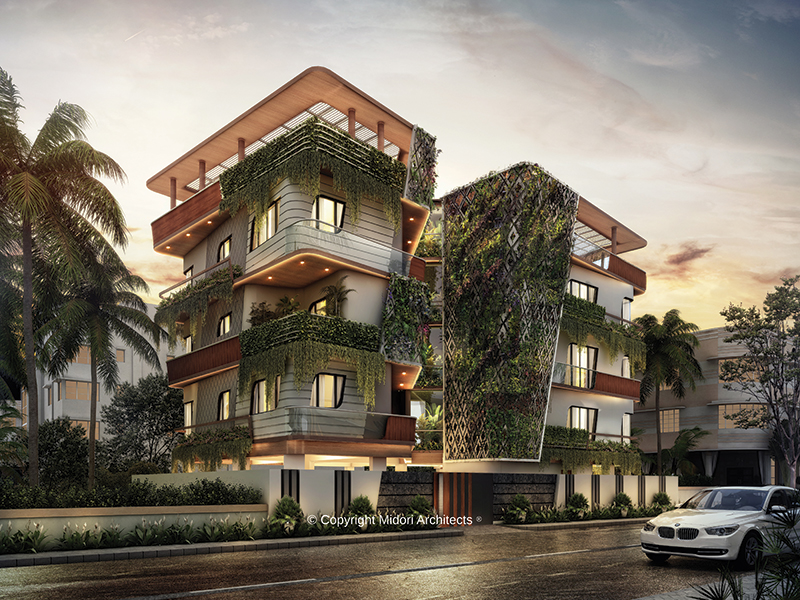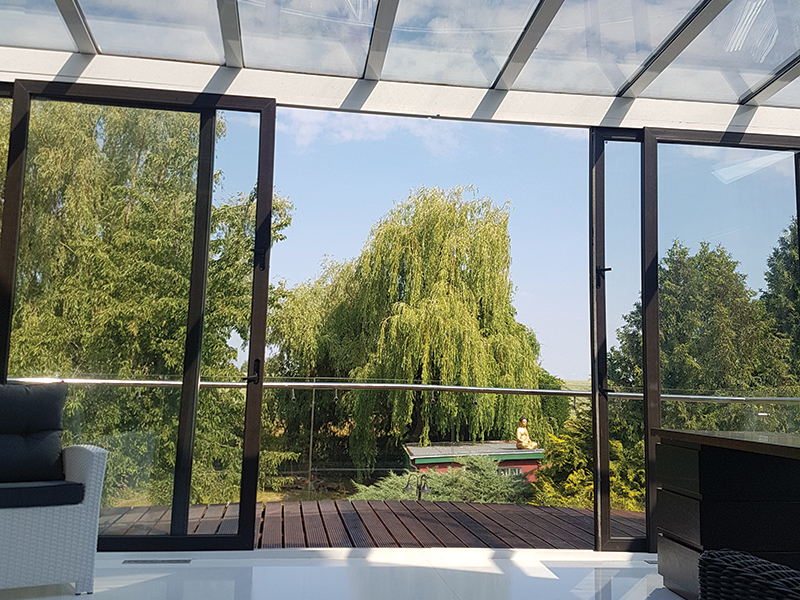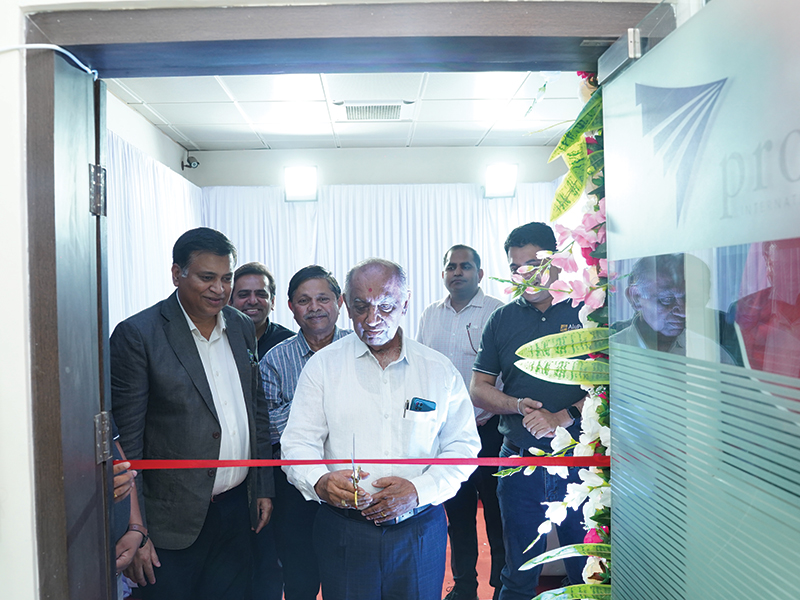Nexta Building Systems
Our products are developed with energy efficiency in mind. We have a large selection of highly insulated profile systems, aluminium rain screen principle cladding, solar shading and building-integrated photovoltaic glass. These are easily combined in aesthetically appealing and practical ways and enabling energy-efficient buildings, says Amit Bhadu, Director- Solution Sales, Nexta Building Systems
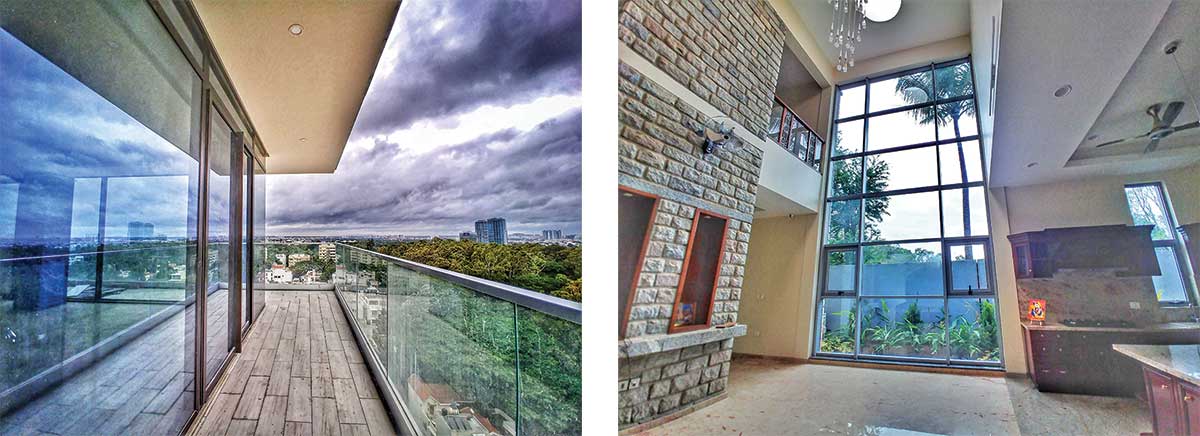
Our broad product range opens up enormous possibilities for sustainable buildings by offering solutions for a variety of building methods, combined with tailored functions to enhance comfort, safety, protection and energy efficiency. These systems are developed in close consultation with architects, engineers and consultants to safeguard quality, performance and reliability and to develop new application-specific fenestration solutions that go beyond our standard range and is an important element in our future product development. Often, a combination of materials is used to achieve an optimum solution and there are products which combine different types of insulation into a single form.
Our newly designed profiles are coupled with omega shaped, glass fibre reinforced polyamide strips of 40 mm in the frame and 35 mm in the vent. This exceptionally deep thermal break reduces the thermal conduction additional to an absolute minimum. Moreover, due to the application of PE or Aerogel inserts, hardware assembled in insulation profile more insulation levels are possible. The use of Q-Lon seals instead of brushes offers a lot of advantages in terms of weather and sound insulation. The result is that the product achieves a high thermal performance level and improved total insulation, leading to lower total energy consumption, a positive benefit to the environment.
Our window systems are developed in close consultation with architects, engineers and consultants to safeguard quality, performance and reliability
Amit Bhadu
We are also working on the possibilities of using reflective insulation and radiant barriers which significantly reduces heat transfer by radiation. There are impressive results when we are using radiant barriers even with non-coated glass surface. The R-value test measures heat transfer through the material, not to or from its surface. There is no standard test designed to measure the reflection of radiated heat energy alone. Radiated heat is a significant means of heat transfer; the sun’s heat arrives by radiating through space and not by conduction or convection. Important thing to keep in mind is that the material being used as radiant barrier should has no significant mass to absorb and retain heat with low emittance values “E-values” which significantly reduces heat transfer by radiation.
Lingel Windows and Doors Technologies
Insulation of sound and heat are two areas that one has to look into independently. The only common point is that a sound insulated window will have no air leakage and due to this a significant amount of energy saving takes place, as compared to ordinary windows, says Mario Schmidt, MD, Lingel Windows and Doors Technologies
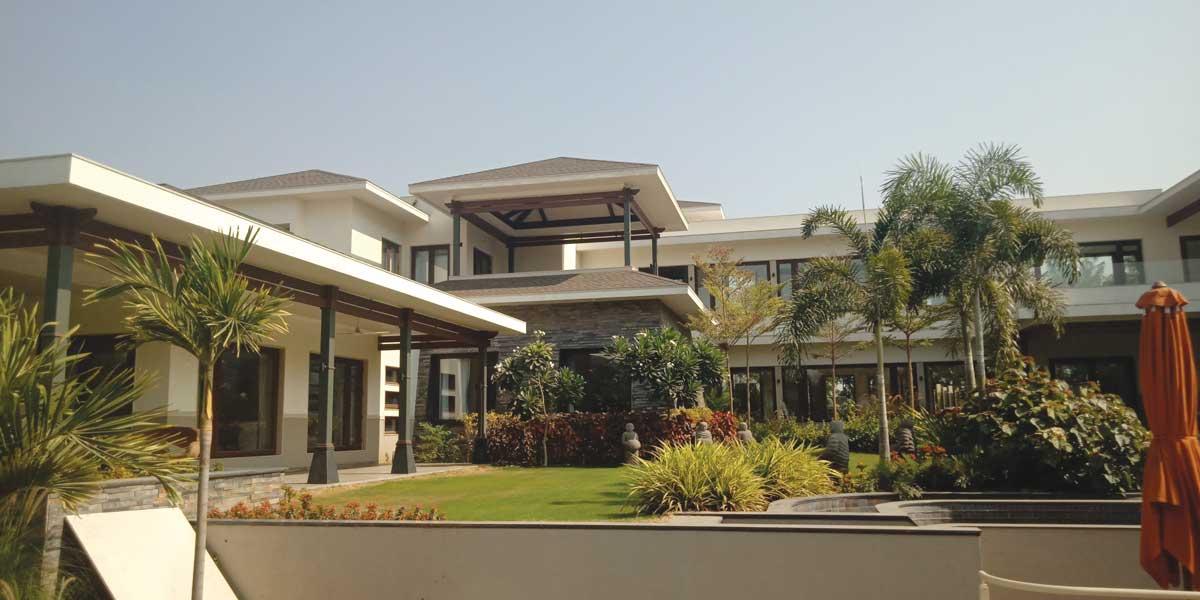
For sound insulation, which is defined in decibels (DB), we recommend the following:
- Casement or fixed window option to be chosen
- No ordinary sliders, max to max Lift / Tilt and Slide
- The Installation gap between the wall and the window needs to be filled with PU Foam and not just with Silicon
- It is fundamentally important to predefine the required sound reduction (the inner noise level) to be achieved, between the buyer and the seller.
- Never talk or offer it in percentage as the second person will usually have a completely different expectation.
For heat insulation, the best solution is that of natural shading because the sunlight (heat) which does not hit the glazing does not need to be reduced or reflected. From the architecture of the building, window pockets, cantilever ‘chajjas’ (as seen in most of the heritage buildings) is the best option.
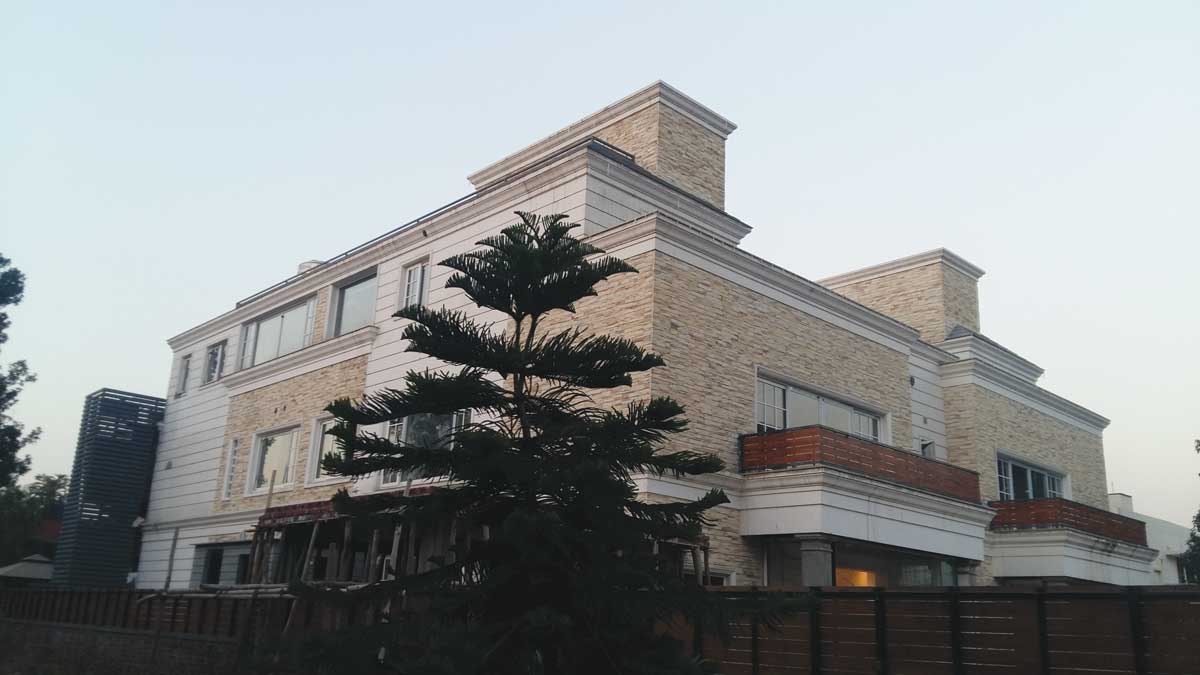
Sun Shields (awnings), Roller Shutters, Venetian Blinds are solutions that we as a window knowledge partner can provide. From the glazing point we need to differentiate between the direct and the indirect heat insulation. Cooling the inside temperature when no sunlight hits the glass - the U Factor - plays the most important role. Here, we recommend Insulated Glasses with a U- factor of 2.8 compared to single glass of 5.8, or even the low-E glasses with a U-factor of 1.8 or with Argon Filling as low as 1.3.
Lingel’s sound insulation achievement is as our promise to meet customer demand and can be immediately challenged
Mario Schmidt
U factor of 5.8 vs 1.3 more than 4 times lower is recommended if the direct sunlight is hitting the glass. Here, high end performance glasses play a larger role. But here one has to decide between reducing the heat loss and at the same time making the room very dark as the light is cut out as well. Or use glasses with a high light transmission which allow (on the other hand) the energy (heat) to pass as well to the inside. As higher the demand on maximum reduction of heat as well as maximum light transmission, a third factor – cost - needs to be considered as well.
Fenesta
The windows and doors in our homes are the weakest points which allow external noise to enter, even when shut. Most of the doors and windows have gaps on the sides, which may be there because of poor construction or installation, or wear and tear for aging residences. Sound Insulati on therefore becomes a modern-day necessity to prevent external noise pollution, comments Saket Jain, Business Head, Fenesta
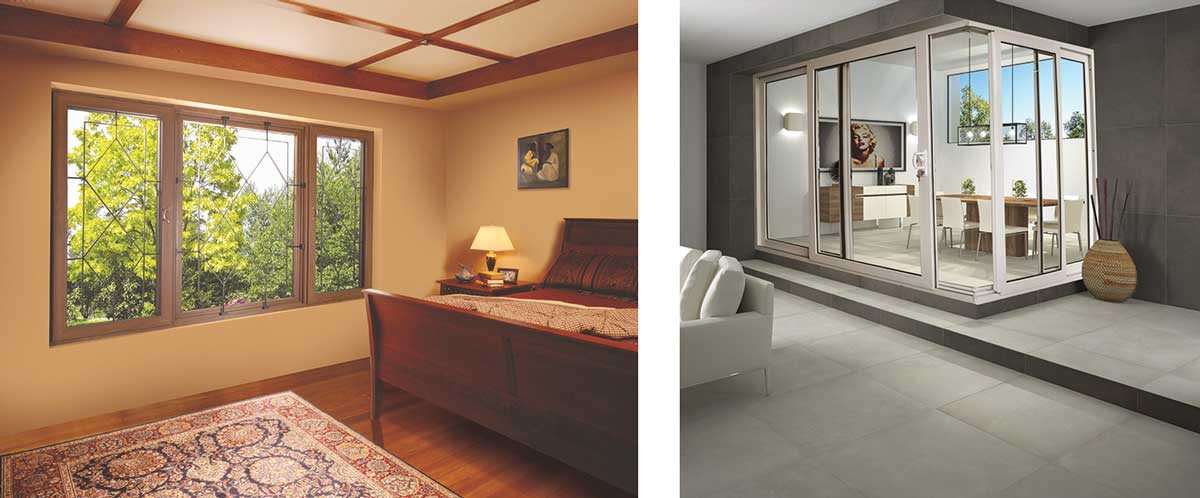
If you are living in an urban set-up, whether a metro, tier 2 or 3 city, chances are that you would be living in a congested area, with honking horns, construction noise in the neighbourhood, or blaring loudspeakers during festivities. Most of us seem to adjust with the noise pollution and consider it as a part of our daily life without understanding how it impacts our overall health and wellbeing. Many of us don’t even remember that the prescribed sound limits for residential zones should be below 55 decibels during the day and 45 decibels during the night.
The long-term exposure to high noise levels does not only impact the auditory system, leading to hearing loss and tinnitus, it is also a major contributor to poor concentration, household productivity loss, communication difficulties, disturbed sleep, and can lead to more complex health concerns including cardiovascular diseases.
By adding sound control to a range of windows mechanisms, including sliding windows, casement windows, bay windows, tilt and turn windows, fixed windows, etc, Fenesta is able to service any window combinations.
Sound insulation is possible in all these available features, wherein a protective layer is placed behind the actual window and the buffer zone created between the layers of windows provides additional insulation.
For doors as well, we have a range of designs from sliding doors to designer doors. Some of the key features that enable soundproofing are:
- Fusion welded: the factory-made products have fusion welded joints and multi-chambered profiles, enhancing the overall sealing.
- Double sealing: In order to ensure casement windows and doors can be fastened tightly, Fenssta employs multi-point locking systems and double seals.
- Silicone sealant is used to plug the gaps between the wall and the window or door units to keep external noise from passing through.
- Laminated glass or double laminated glass in windows further provide resistance to unwanted noise.
Fenesta is the only brand in India to manufacture its own unplasticized polyvinyl chloride (UPVC) blend and profiles.
Saket Jain
Of low maintenance and available in multiple colours, UPVC is the most preferred window and door framing material. Apart from being a good sound insulator, soundproofing doors and windows with UPVC helps in rain insulation, thermal insulation, UV protection, high impact resistance, recyclable, self-extinguishing and many more. For a house to be peaceful it needs to be insulated from external disturbances.



